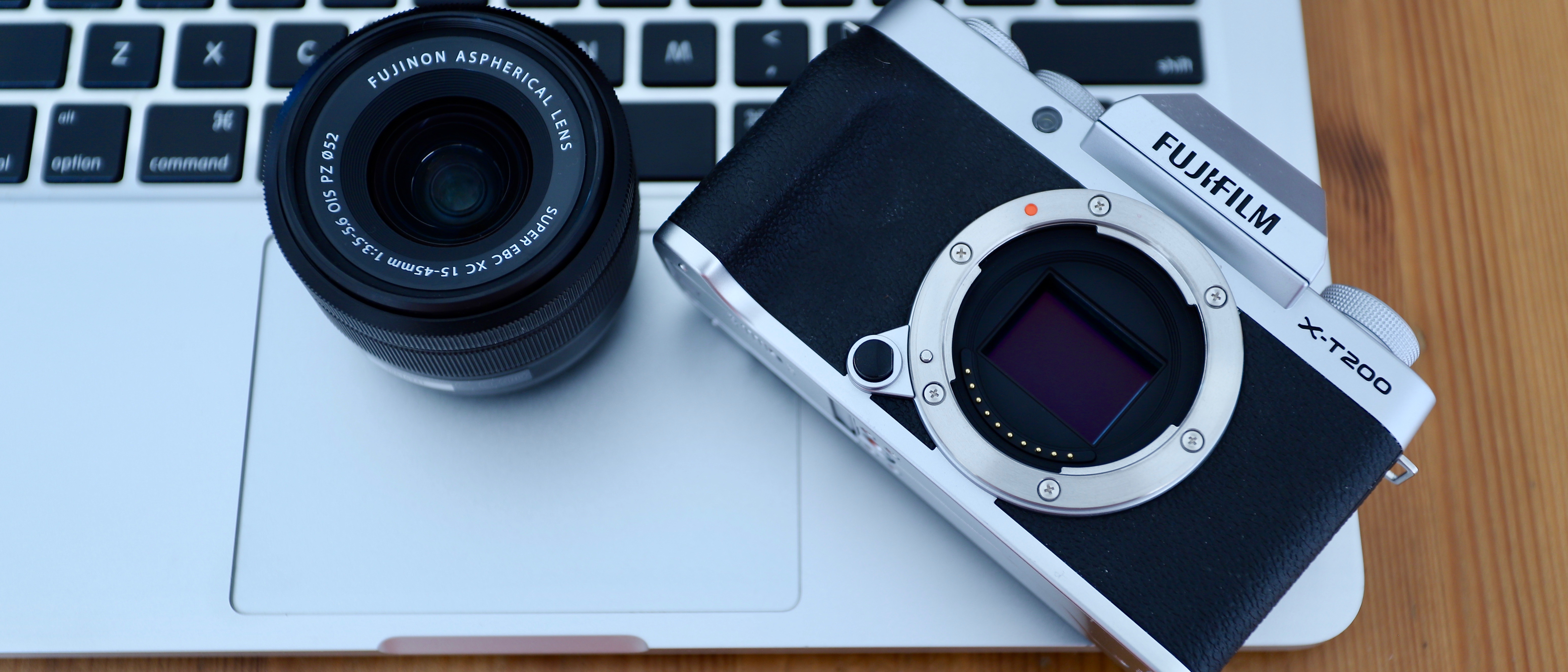TechRadar Verdict
Where Fujifjilm fell just short of hitting the mark with the X-T100, the company has succeeded the second time round. As a pared-back version of the X-T30, the X-T200 makes for a much better entry-level camera than its predecessor thanks to its better autofocus performance, superior video prowess and its burst of speed. But little niggles like an unreliable eye sensor and an uncomfortably placed joystick diminish the advantages of having a viewfinder.
Pros
- +
Excellent color and dynamic range
- +
Sharp 3.5-inch rear touchscreen
- +
Reliable autofocus performance
- +
Sleek retro design that’s lightweight
Cons
- -
Very low buffer depth
- -
Lacks subject tracking in video
- -
Unreliable eye sensor
- -
Joystick not well placed when using viewfinder
Why you can trust TechRadar
Fujifilm’s higher-end X series cameras are some of the best around, so when the company decided to launch a scaled-back version of the X-T20 two years ago, we expected something special. While a very capable camera, the X-T100 didn’t quite blow us away but Fujifilm didn’t give up. Second time round and the camera maker has come close to hitting the mark with the X-T200.
The new beginner mirrorless camera equivalent of the X-T30 is essentially an X-A7 with a viewfinder. The X-T200 shares a lot of the latter’s features, including the same sensor, autofocus system, ISO sensitivity and 4K video prowess. And that makes the X-T200 a major improvement over its predecessor.
Although the X-T200 was a tad more expensive than its predecessor at launch, it's now one of the best cheap cameras around, offering great value. It's also one of the best YouTube cameras. It’s a tad more expensive than the X-A7 kit, but you are paying for the benefit of a viewfinder when purchasing the X-T200. But is there enough of an advantage here to make the new camera a worthwhile entry-level APS-C mirrorless camera? Let’s find out.
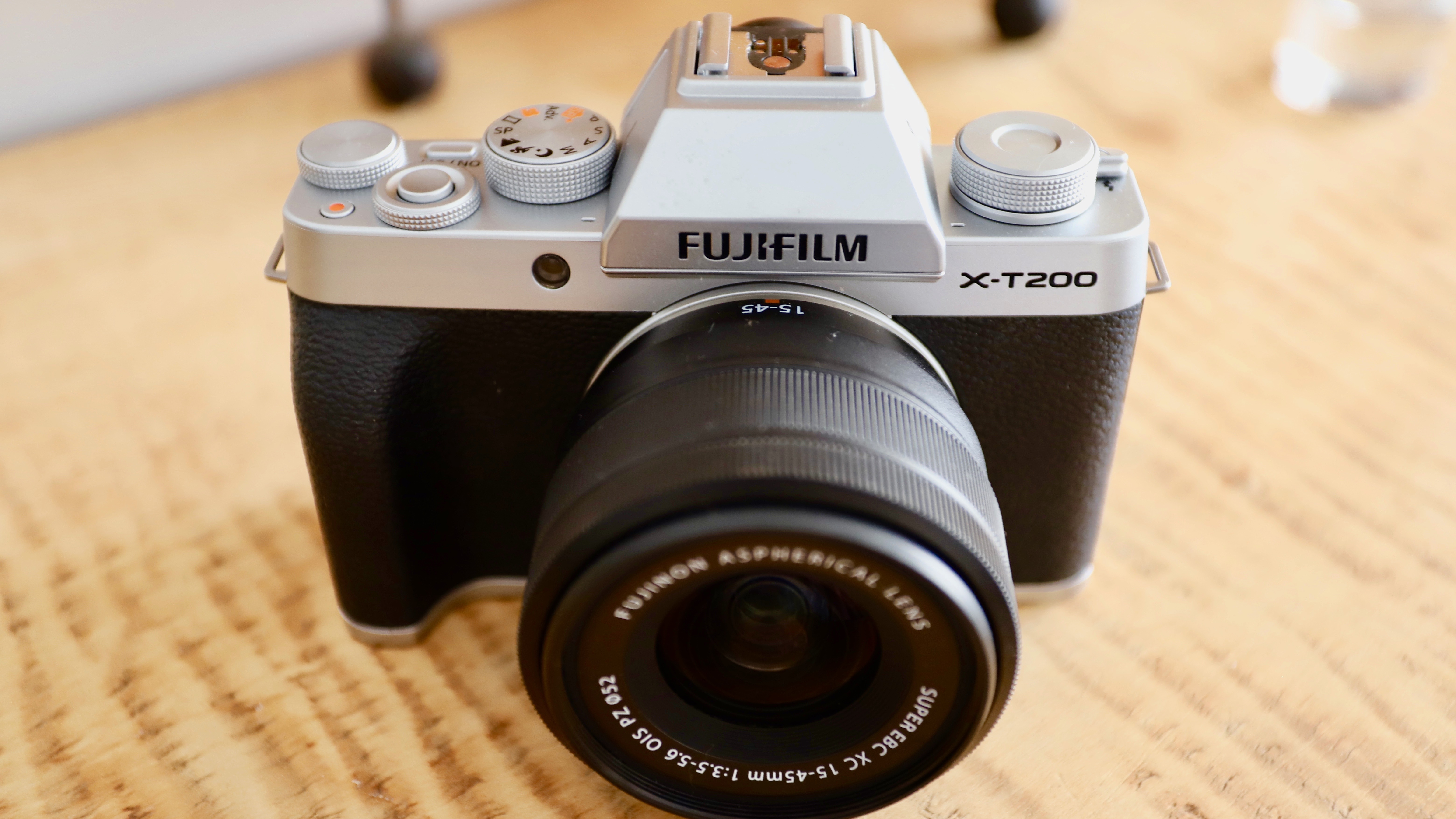
- These are the best cameras for beginners you can buy right now
Key features
- Updated 24.2MP sensor
- 4K/30p video
- New 3.5-inch 16:9 rear touchscreen
It’s hard to justify spending top dollar on a high-end kit when there are more affordable options available like the X-T200, but while it appears great on paper, it doesn’t quite match up with the X-T30.
Firstly, it doesn’t use the same X Trans CMOS sensor you’ll find in Fujifilm’s high-end cameras. Instead, there’s a revised version of the APS-C CMOS image sensor found in the X-T100 – the upgrade here being the use of copper wiring rather than aluminum.
The improvements to the sensor means the readout from the camera is now 3.5x faster than the X-T100 (which, Fujifilm promises, reduces the effects of a rolling shutter) and ups the maximum ISO value to 25,600 (which topped out at 12,800 on the older model). It’s a similar upgrade that the X-A7 also boasts over the X-A5 and we found that the improved sensor produced some excellent results.
Sensor: 24.2MP APS-C CMOS
Autofocus: 425-point hybrid phase/contrast AF
ISO range: 200-12,800 (exp. 100-51,200)
Max burst: 8fps
Video: 4K/30p
Viewfinder: 2.36 million dots, OLED
LCD: 3.5-inch 2.78 million dot touchscreen
Connectivity: Wi-Fi, Bluetooth
Weight: 370g (with battery and card)
The sensor is just one of many improvements the X-T200 has over its predecessor. The processor has also been given an upgrade, giving the new camera a slight bump in continuous shooting speed, taking it up from 6fps in the X-T100 to 8fps in the current model. That’s better than the X-A7 as well, which shares the same 6fps burst as the X-T100.
Video capabilities are much improved, with 4K capture at up to 30fps (compared to the rather disappointing 15fps on the X-T100) and Full HD 1080p video at up to 120fps now possible. The X-T200 has a new HDR video mode that combines multiple frames taken at different exposures to add more dynamic range to standard videos, but is only available at 60fps.
To reduce shaky video when shooting handheld, Fujifilm has designed a ‘digital gimbal’ that uses the camera’s built-in gyroscope, along with an image stabilization algorithm, to smoothen footage. It is important to note that this feature is different from the in-body image stabilization systems that many high-end bodies boast. That said, you can’t use this for 4K video capture – it’s only available for Full HD footage as enabling the feature crops out a large part of the sensor (perhaps to adjust framing).
Another, albeit small, advantage the X-T200 has over its predecessor when it comes to video features is the ability to trim footage in-camera.
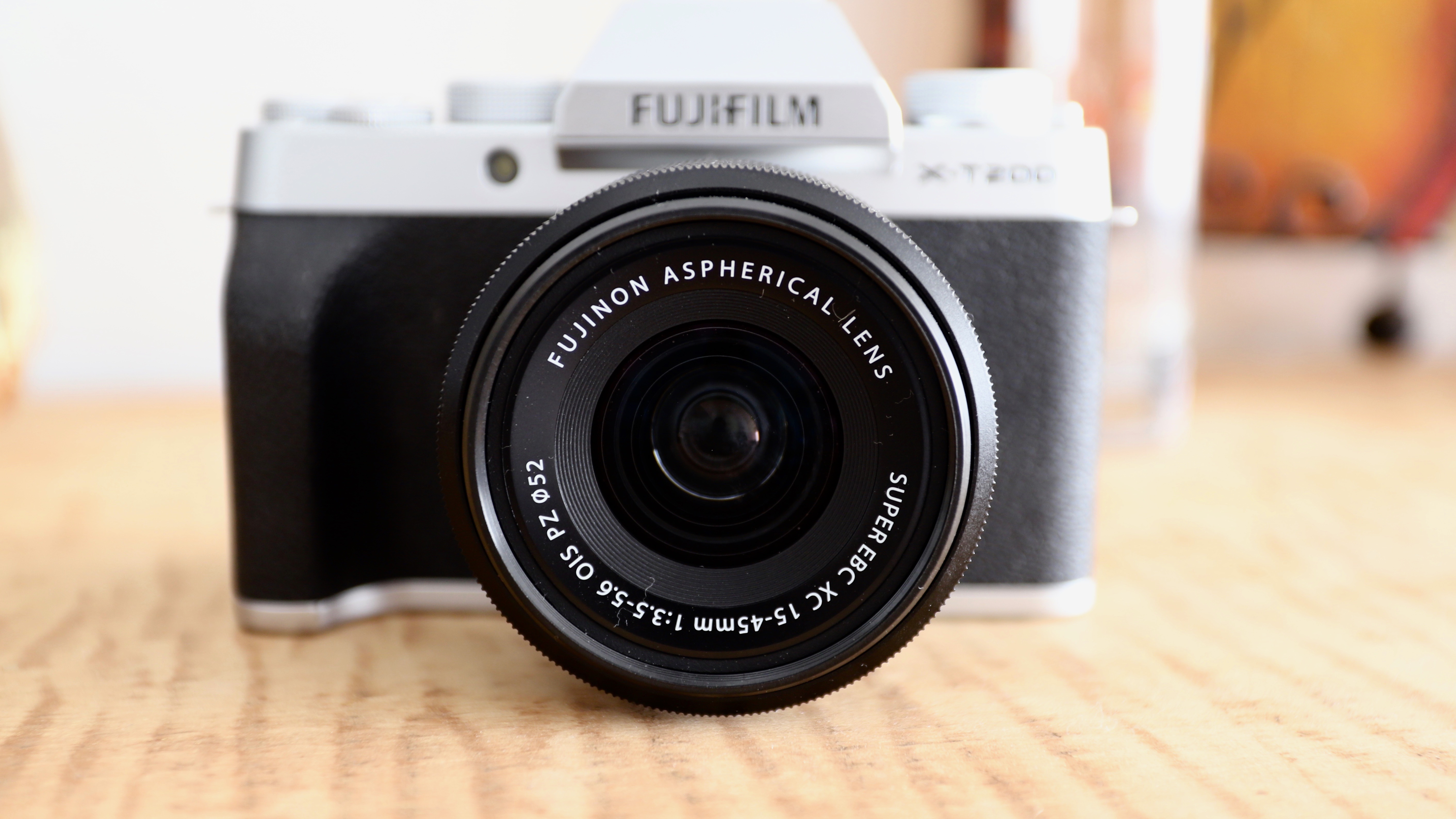
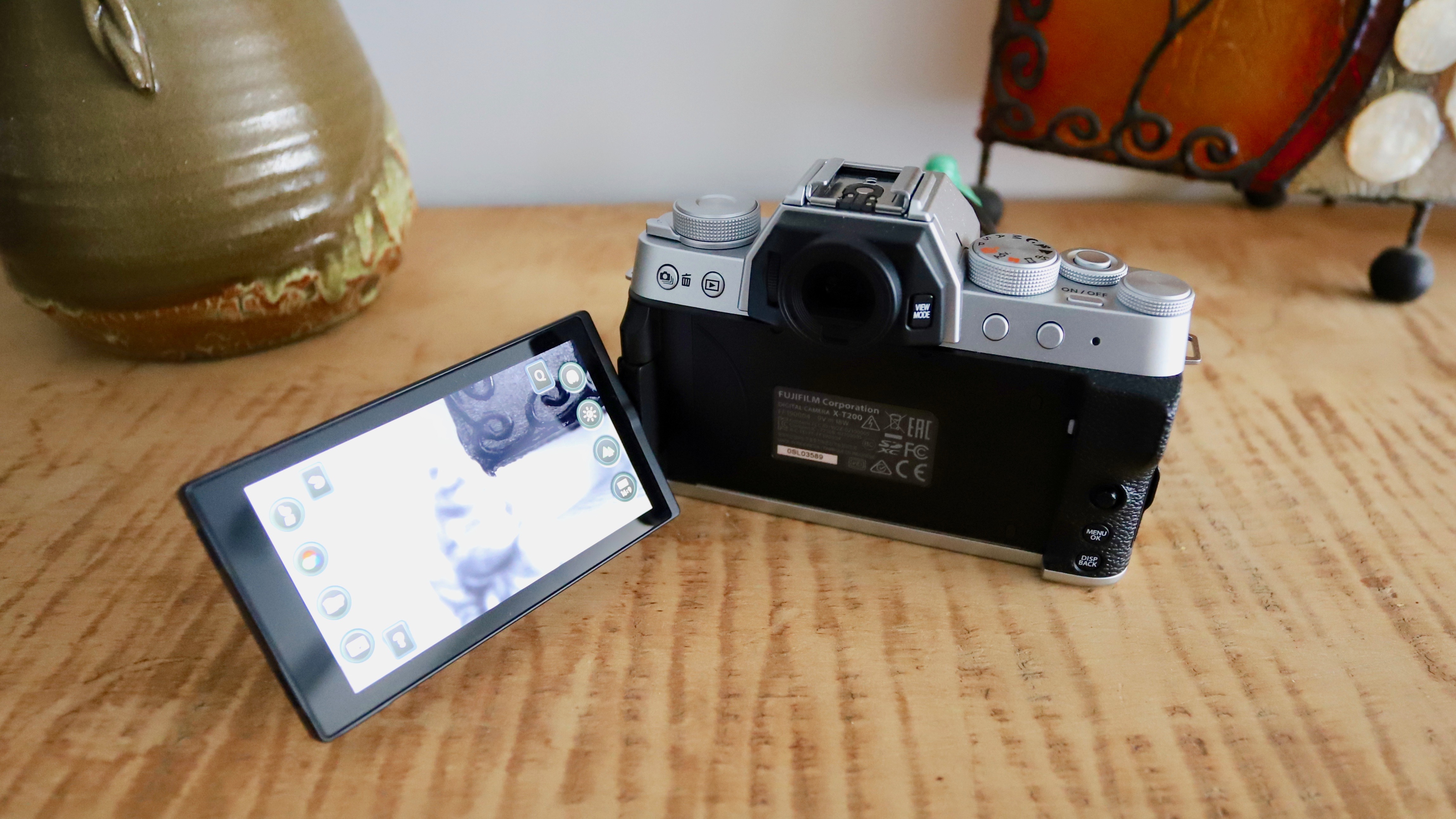
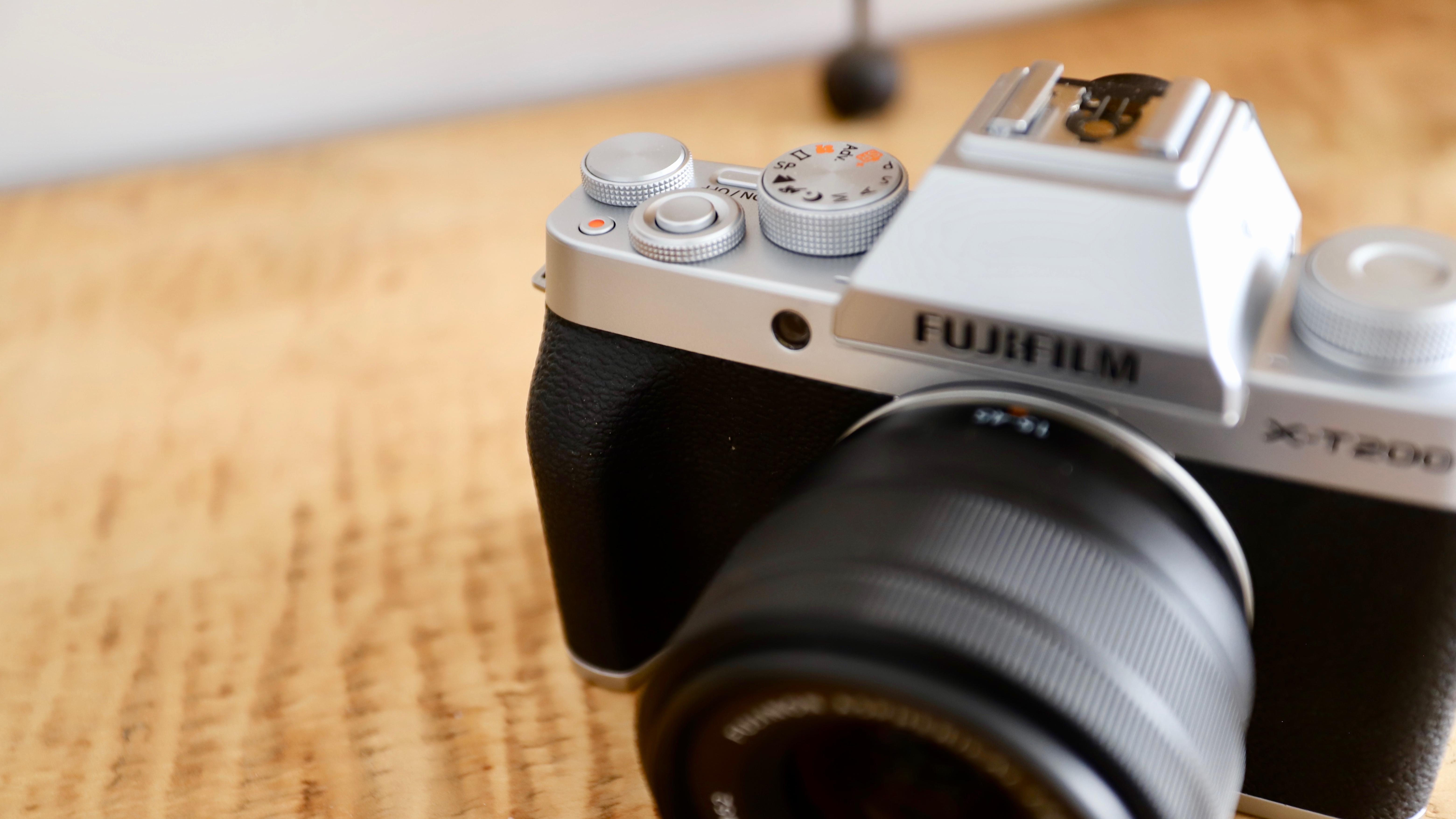
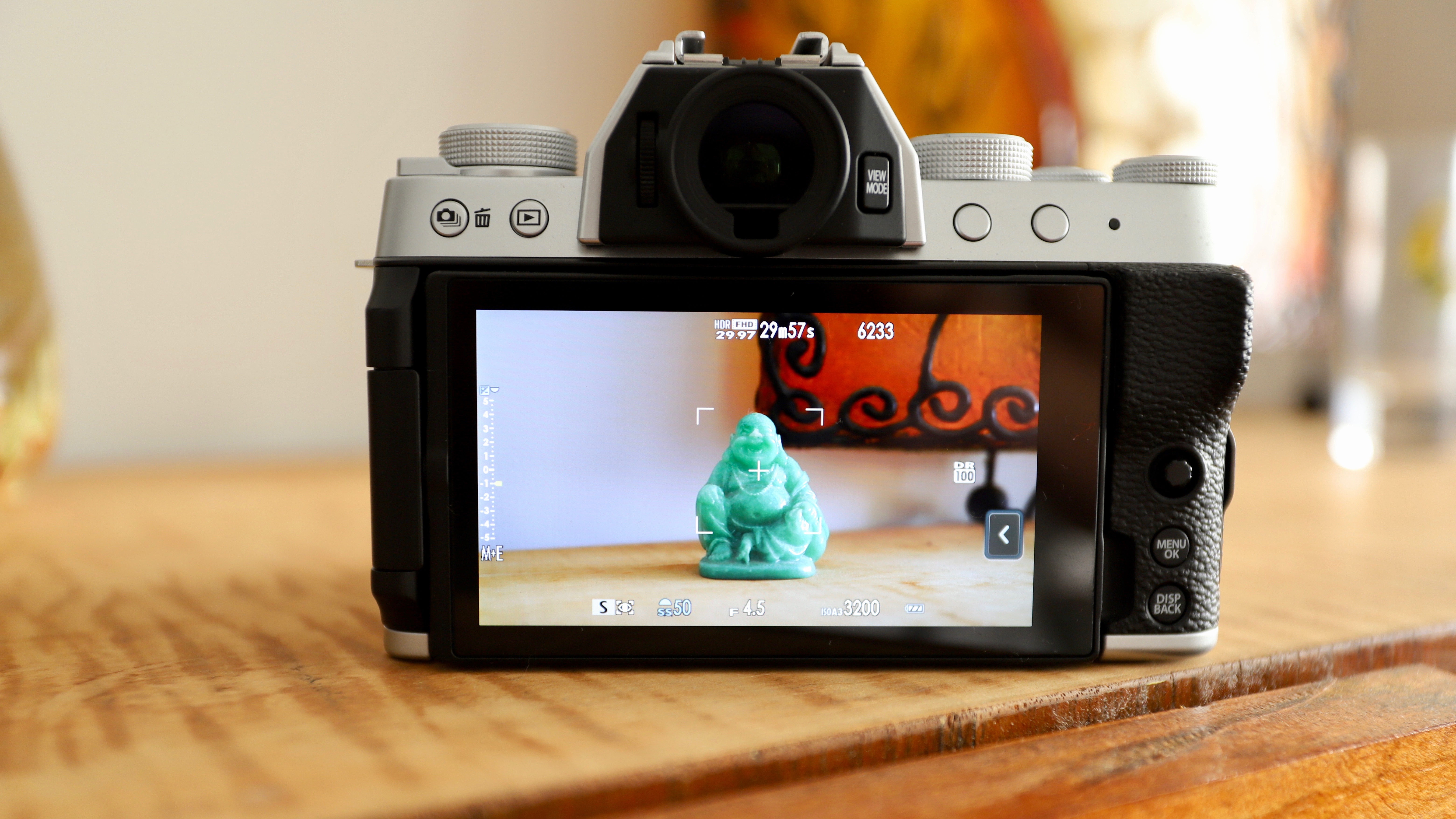
The X-T200 brings over the 3.5mm mic input that was available on the X-T100. There’s still no dedicated headphone port though, but there is a 3.5mm headphone adapter in the box with the X-T200 which can be plugged into the USB-C port. The camera is also capable of displaying audio levels on the rear display or the viewfinder.
Speaking of which – the electronic viewfinder is the most obvious difference between the X-A7 and the X-T200. While it’s not available on the former, it’s the same 2.36 million dot panel we saw in the X-T100, with the same 0.62x magnification. There’s a handy eye sensor as well, so there’s no need to look for a button to swap between the EVF and live view.
The other main headline feature the X-T200 boasts is the large 3.5-inch 16:9 rear LCD display borrowed from the X-A7. Not only is it larger than the one on the X-T100, it’s now a fully articulating screen with a higher resolution panel of 2.76 million dots (over the older camera’s 1.04 million dot display). It’s a sharp display that will suit vloggers, the selfie-obsessed as well as help smartphone photographers transition to a ‘real’ camera easily.
The X-T200 uses the NP-W126S Li-ion battery that has a CIPA rating of 270 shots in standard mode, but can provide up to 450 shots in Economy mode (which you will find under the Power Management option within the camera’s menu system). There’s no external charger in the box – the battery can be topped up in-camera via the USB-C port on the side.
Build and handling
- Redesigned control layout
- Deeper grip
- Uncomfortably placed joystick
There are major physical differences between the X-T200 and its predecessor, and the first one you’ll notice is the deeper, beefier grip. This makes it a more ergonomic entry-level option if you see yourself holding a camera for long periods of time. However, the thumb rest on the back panel isn’t well positioned, mostly because the display takes up a majority of the space on the rear of the camera – something we complained about in the X-A7 as well.
The lack of space on the rear panel also means that the control layout now sports a minimalist look. Gone is the four-directional D-pad control layout from the X-T100; instead we get a joystick multi-selector which, unfortunately, is uncomfortable to use. We had a similar issue with the X-A7 but it wasn’t much of a bother there as we didn’t need to raise the camera to our eye. With the X-T200, though, using the joystick becomes a lot more difficult when using the EVF as your grip will need to be adjusted when the camera is raised for framing through the viewfinder. It’s also quite small, which may be a bother for some people with large mitts.
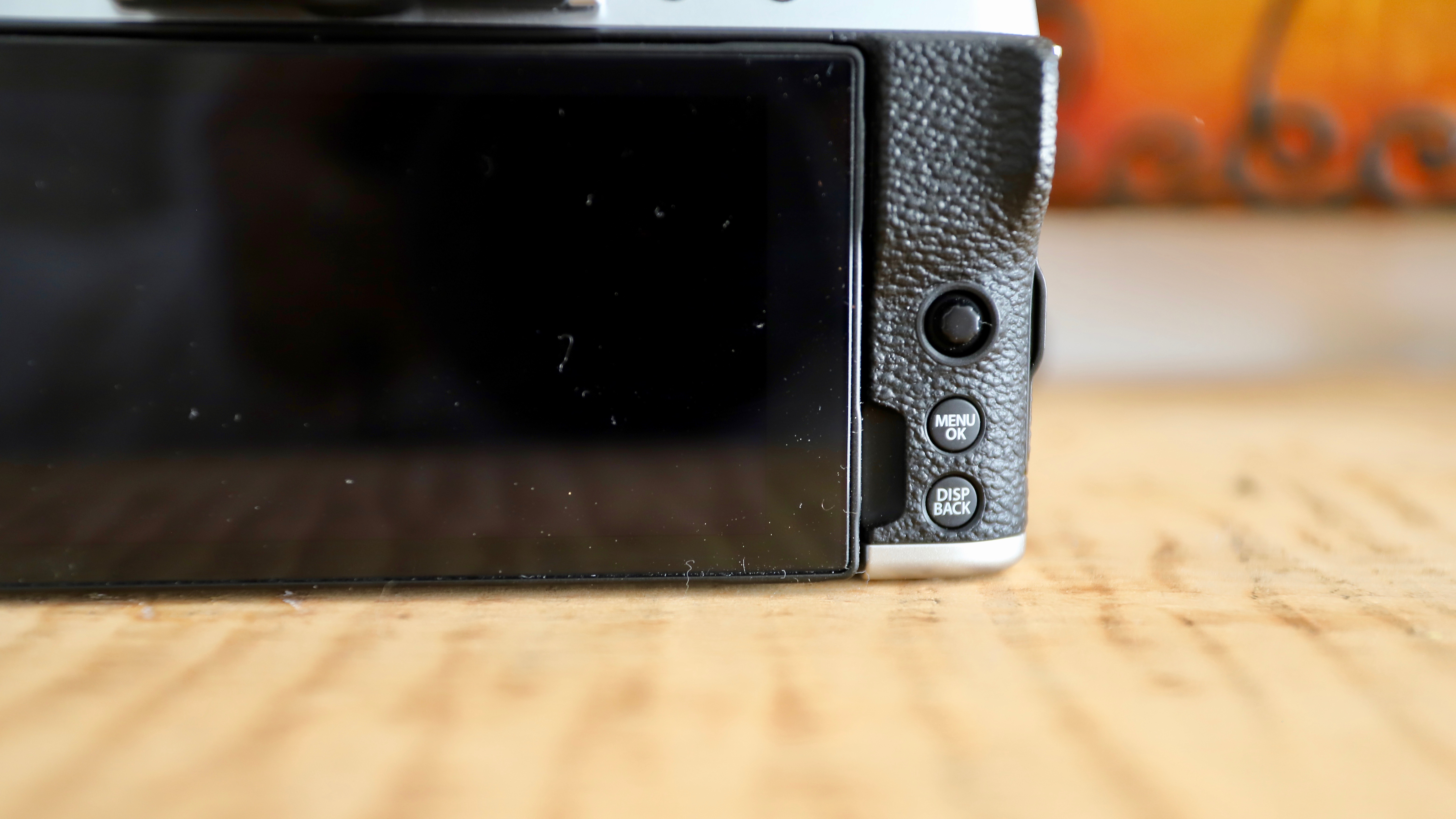
Below the joystick are the menu and back buttons sitting flush against the body of the camera. They, too, are rather small and can’t be found by feel alone – you will need to look at what you’re doing to find the buttons.
The top plate has the usual mode dial, along with two others to control aperture, shutter speed and exposure compensation, but the latter pair are also small and some users may find it difficult to turn them as they will require a shift in grip to access.
The function of the left-most dial on the top plate varies depending on which mode you’re shooting in. When filming video, you can use it to change shutter speed, while it can be used to cycle through Film Simulation options when shooting stills. It is the only dial on the camera that we found easy to use – relatively easy to reach (although it does need a slight grip adjustment) and smooth to turn.
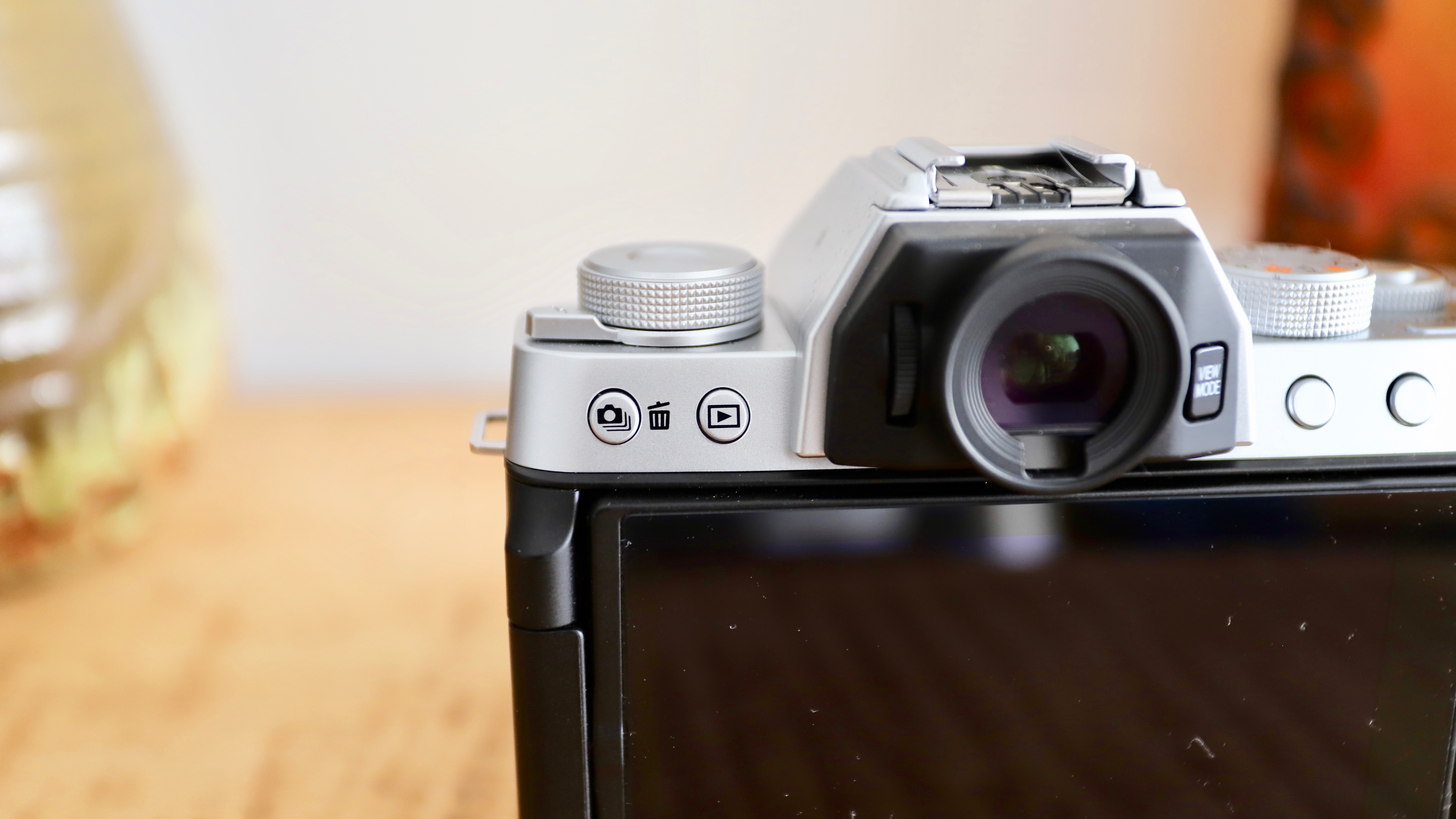
The XC 15-45mm f/3.5-5.6 OIS lens that ships in the box with the camera is quite good as far as kit lenses go, but there are some niggles there as well. The power zoom mechanism on the kit lens isn’t fast, and it’s hard to remember which way to turn the ring to zoom in and out – although if you use it long enough it might become second nature to you. That said, at 15mm, the lens is pretty wide, offering a 23mm equivalent focal length, and a 69mm equivalent when fully zoomed in at 45mm – a decent range for a kit lens.
At first glance it seems as though Fujifilm hasn’t added a flash to the X-T200, but it’s there, neatly sitting around the viewfinder bump and raised with the switch around the left-most dial on the top plate. It’s a beautiful design that adds to the camera’s retro aesthetics.
The X-T200 also shares the same refreshed menu system introduced in the X-A7. It’s a much more user-friendly system and, best of all, offers a preview of various Film Simulation modes before you take the shot.
Most of the shooting options are available on the touchscreen, so chances are you won’t need to use (or customize) the physical buttons on the rear of the camera. If you want to keep it real simple, then just set the camera to the automatic SR+ mode (Advanced SR Auto) and everything will be taken care of for you, pretty much like how you’d use your smartphone camera.
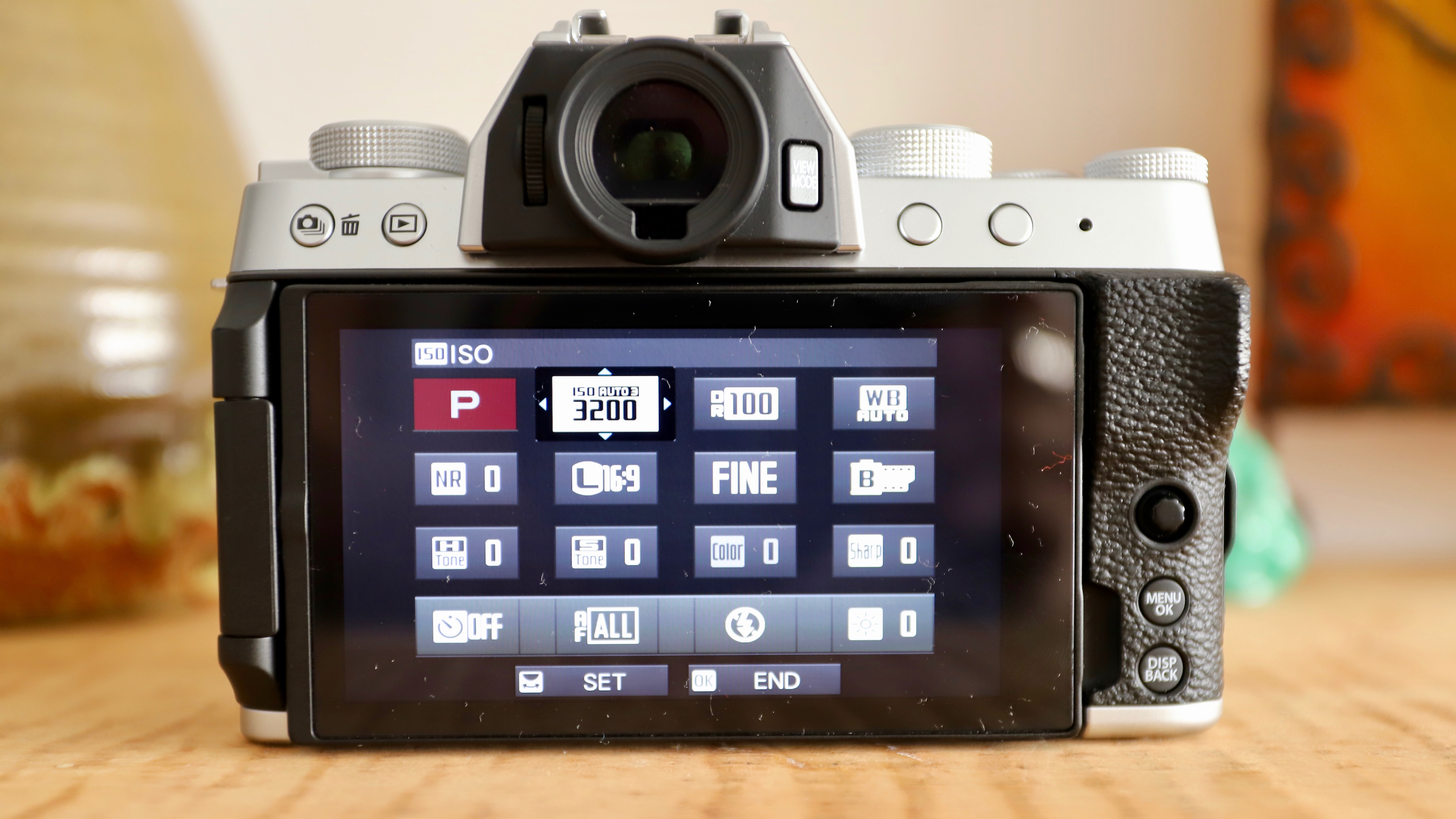
Performance
- Excellent face-detect AF
- Reasonably good subject tracking
- Low buffer depth
The X-T200 boasts a hybrid AF system with 425 sensor-based phase detection points. To help you keep things in focus there are four AF modes – Single Point, Zone, Wide/Tracking and All. Thanks to an improved AF algorithm, there’s very little fault when it comes to autofocus performance. In most cases, the X-T200 is capable of picking up your subject without too much prompting, although it’s easy to change with the camera’s touch-to-focus ability.
Face and eye detection are spot-on, with the camera capable of locking onto a person’s face with ease and following them even when they’ve turned away from the camera. Eye AF works well even if the subject is wearing glasses, a feat many entry-level cameras are not capable of achieving.
Subject tracking during continuous shooting is, however, a bit of a hit-and-miss. While you’ll definitely get a few usable frames from a single burst, you will find that the subject can go completely out of focus in some others. We had the same issue while shooting videos as there’s no subject tracking in this mode.
And speaking of continuous shooting: while there’s an improved 8fps burst mode here – handy for some sports and wildlife photography – the buffer memory hasn’t changed very much. And that means the camera will slow down rather quickly in order to process and save all images to card.
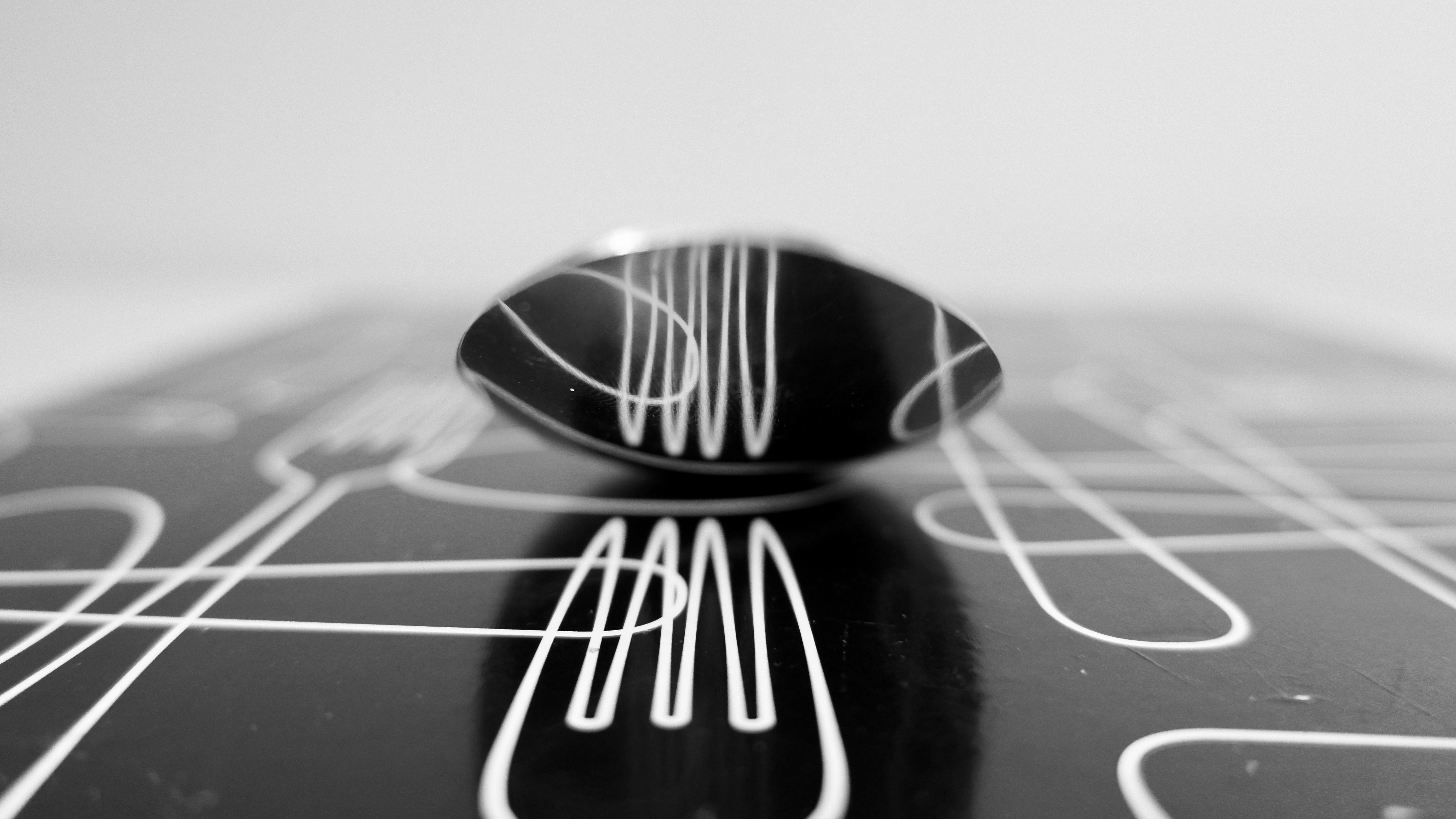
The X-T200 also shares the X-A7’s 256-zone built-in metering system and, as before, works a charm. Considering we tested the new camera during the coronavirus lockdown and had to take most of our test shots indoors, the camera handled uneven lighting inside the house quite well.
As we mentioned earlier, the EVF has an eye sensor which automatically detects when something is close to the panel and switches from live view to framing via the viewfinder. However, we found the eye sensor to be occasionally unresponsive, particularly when the rear LCD was opened away from the body of the camera. We had to switch off the camera, fold the screen back against the body and then restart the device for the eye sensor to work again. A couple of times the camera even froze up when we switched it on with the LCD display already unfurled, and we had to remove the battery to get things back to working order. That said, this happened rarely but well worth mentioning in case the issue goes beyond our review unit.
The Super EBC XC 15-45mm f/3.5-5.6 OIS kit lens needs a minimum focusing distance of 13cm for sharp images at the widest zoom (15mm focal length) and has a maximum magnification of 0.24x (or 1/4 life-size) – while that’s not quite enough for macro photography, we have to admit that there’s plenty of scope for experimentation and creativity here.
Image quality
- Excellent color reproduction
- Good dynamic range
- Acceptable noise performance
One thing we can never fault Fujifilm for is its color science, and the X-T200 continues that trend, producing some excellent JPEGs. Of course, what makes any Fujifilm stand out are the several Film Simulation modes and filters available on board that add some fun and pop to the images. While our personal favorites are Velvia/Vivid and Classic Chrome, the colors with Provia/Standard are just as striking.
Like the X-A7, the sensor on the X-T200 is capable of capturing plenty of tones, allowing us to retrieve details in shadows during post processing. But where the X-A7 had a tendency to deepen darker tones, the X-T200 renders them as close to natural as possible, irrespective of which Film Simulation mode you use.


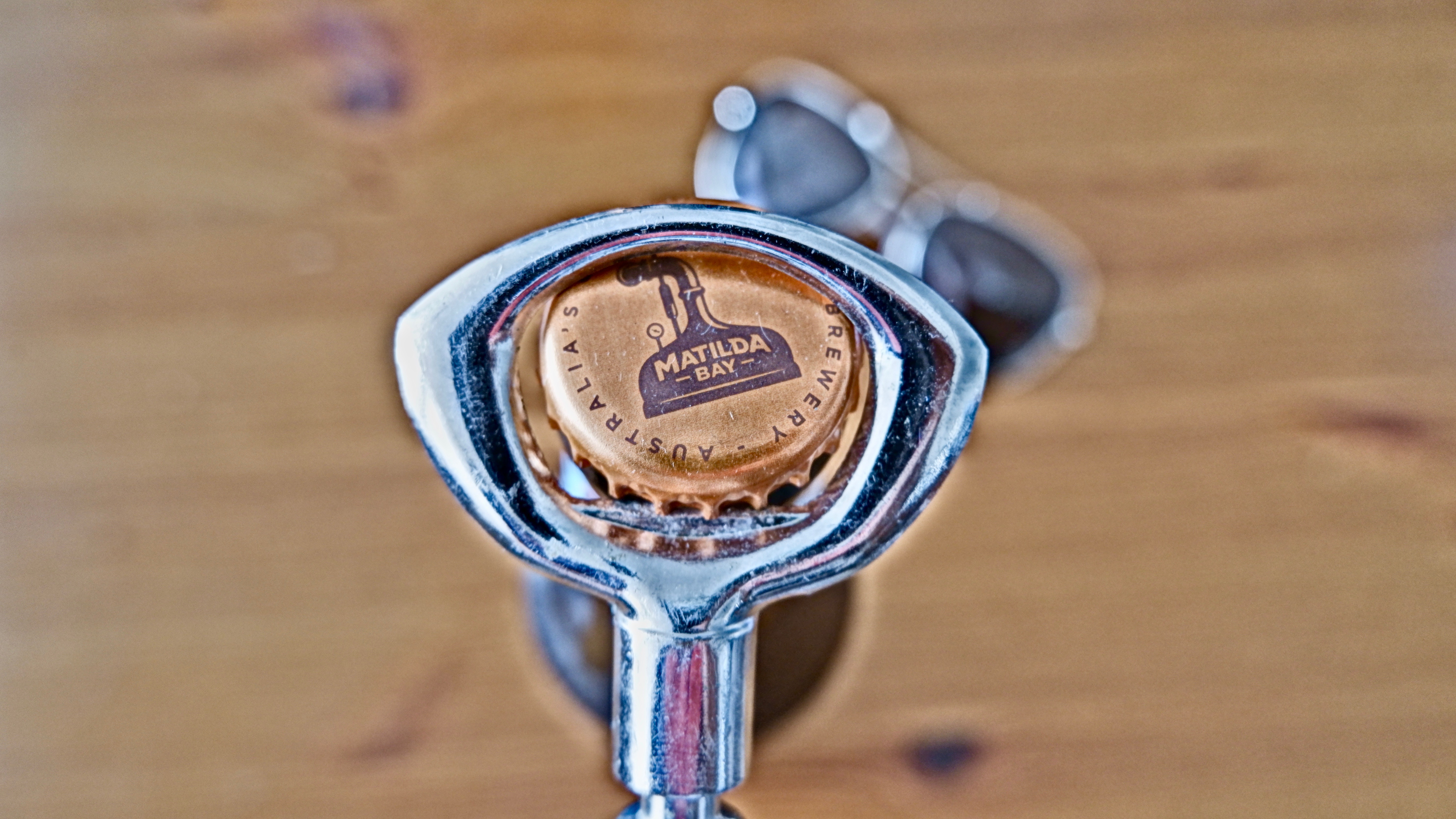
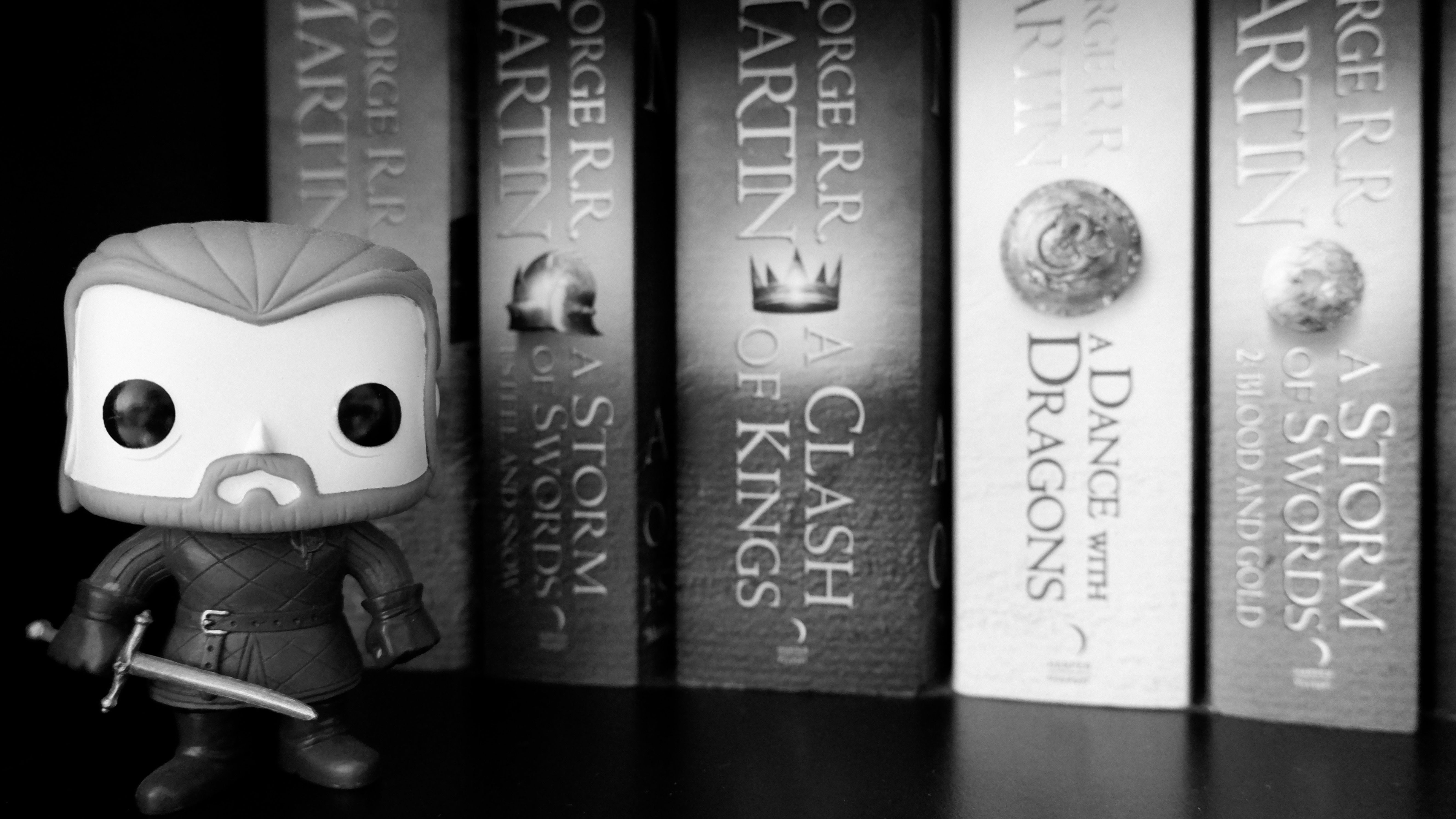
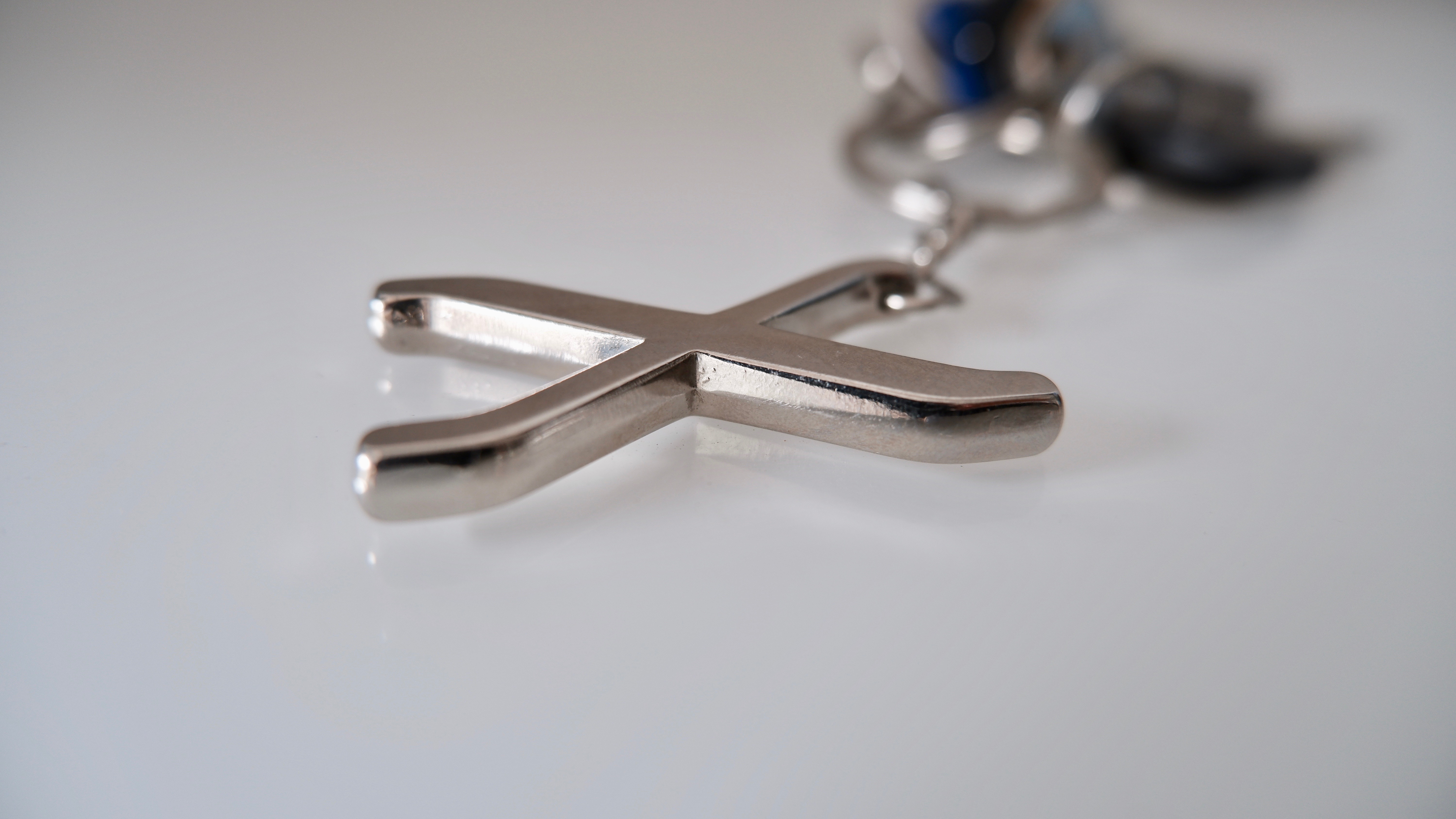


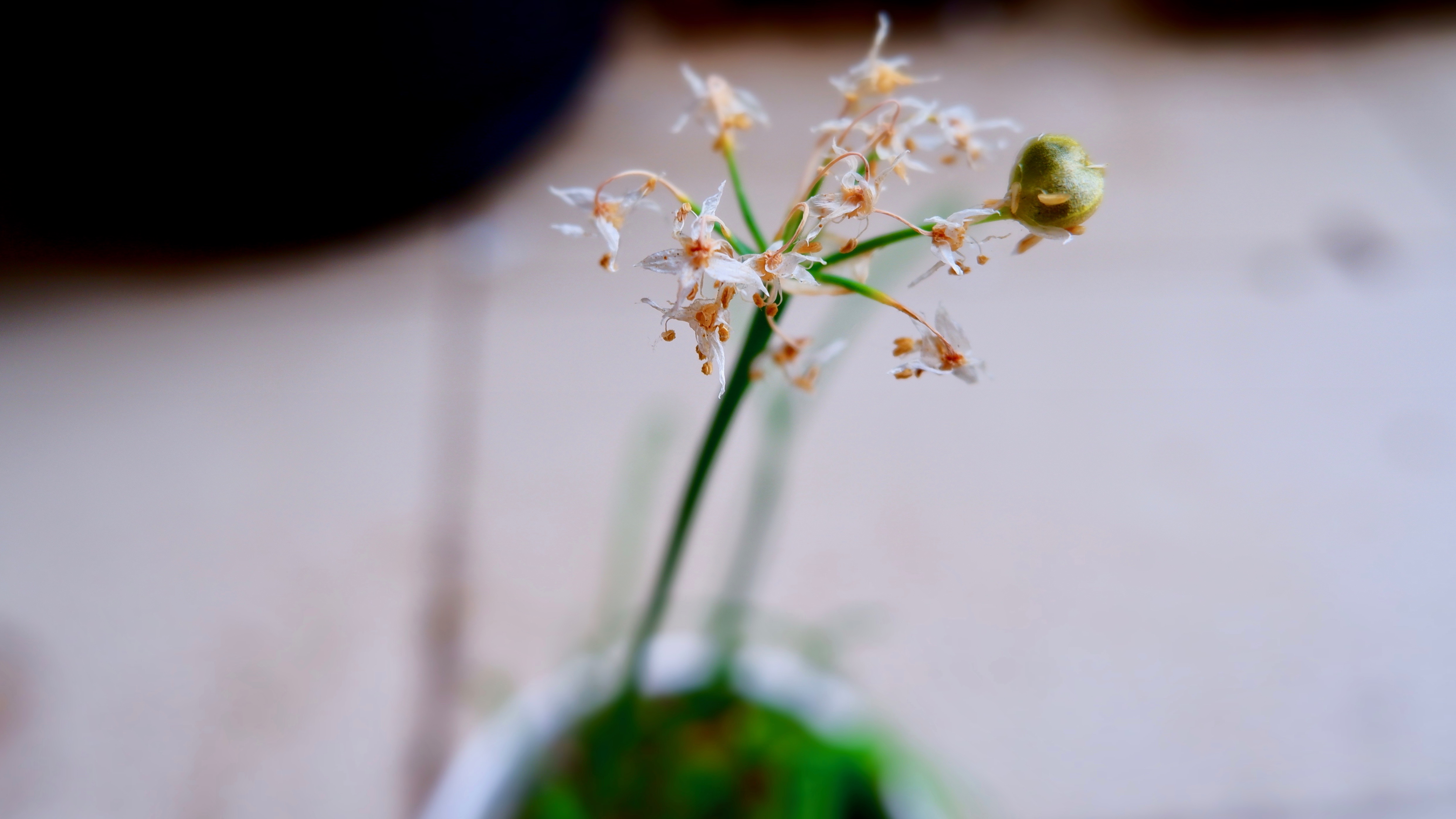
There’s plenty of detail in the images, with barely any moiré (striped patterns) – even at ISO 6400. Noise becomes visible only at higher sensitivities of ISO 12,800 and above, but we’re hoping most beginner photographers won’t need to head up to the faster speeds.
RAW images are, of course, slightly noisier but perfectly usable up to ISO 6400. If, however, you don’t want to edit RAW images in post, then there are two additional DR modes to improve contrast in images – DR200% and DR400% offer one and two stops of highlight compensation respectively.
In terms of video, the digital gimbal is an excellent addition, although it's a shame it can only be used for 1080p footage. Full HD movies, while perfectly usable, felt a little lackluster to us. On the other hand, 4K video quality is pretty darn impressive, with very little rolling shutter effect and a decent amount of detail.
Verdict
Compared to the X-T100, the successor model is a far better camera, now that there’s a larger and sharper rear screen and plenty more processing power under the hood – not to mention a much better autofocus system. It’s also a lot more comfortable in the hand as compared to the older camera and the X-A7 as well. The retro DSLR styling will easily win fans, and its easy-to-use setup should get new photographers up and running in no time at all. The results it produces are marvelous and it can easily work well as a backup device for more advanced shooters.
The X-T200 is one of the more affordable X-series cameras sporting a viewfinder – the main reason you’d opt for it over the X-A7. However, an occasionally unreliable eye sensor had us using the rear screen more often, pretty much as we would the X-A7 – a camera that’s cheaper to buy with the kit lens. Moreover, the superb X-T30 is also about the same price as the X-T200 at the time of writing, considering it’s been on shelves for about a year now, making it a much better choice even for beginners as they’ll get a camera they can grow with.
Pricing aside, the X-T200 is a very capable camera and does a much better job of bridging the gap between Fujifilm’s higher end X-series and entry-level bodies as compared to its predecessor. For beginners and sheer value, it remains one of the best mirrorless cameras you can buy.
Competition
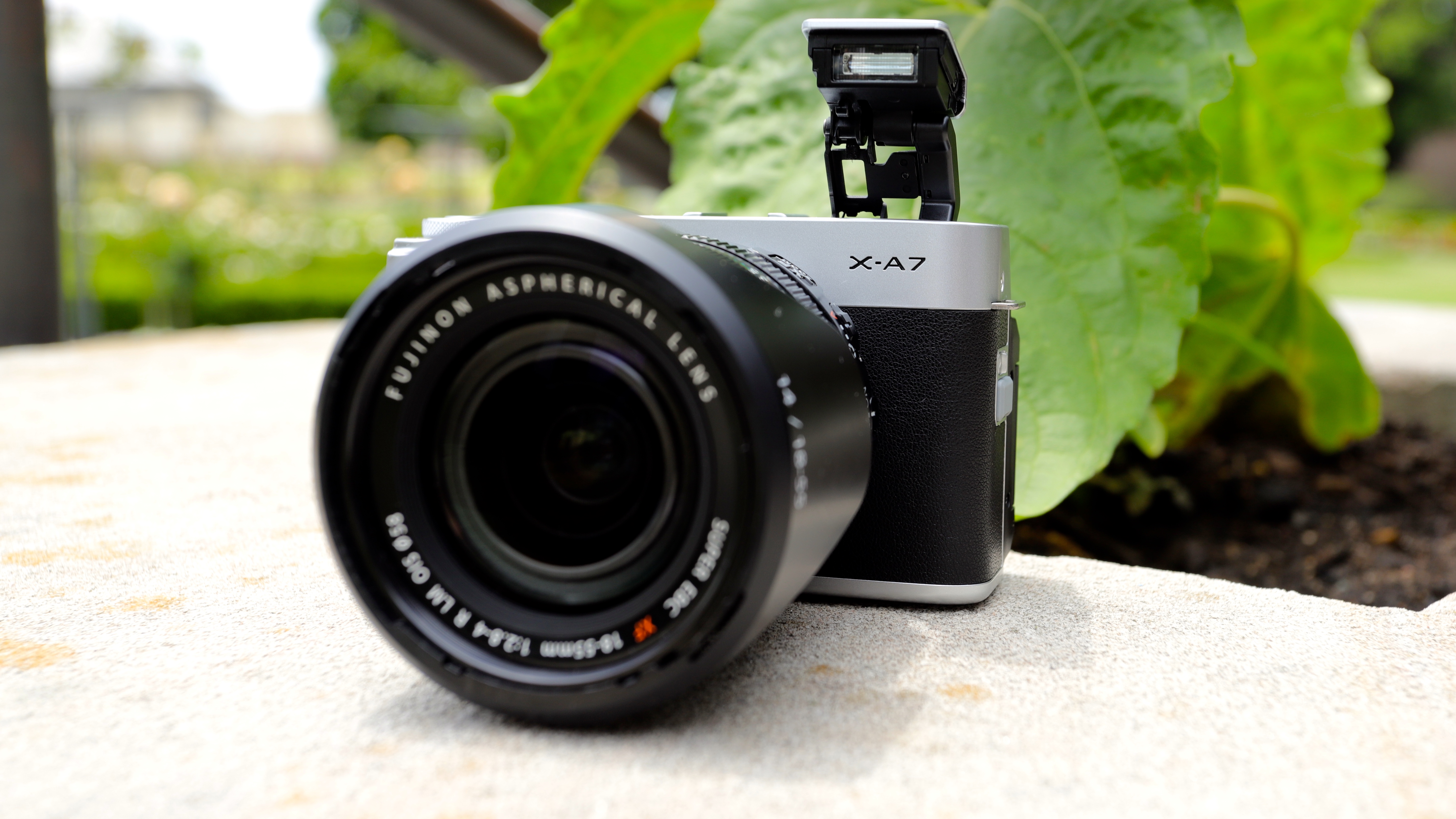
Fujifilm X-A7
If it’s a beginner camera you’re after and you can live without a viewfinder, then you can save a decent chunk of change by opting for the X-A7 over the X-T200. It lacks a decent grip, but the camera ships with a leather strap that we’d recommend using. Image quality is superb with the X-A7, and a refreshed menu system has made it much more user friendly for those transitioning from smartphone photography to a ‘real’ camera. The fully articulating 3.5-inch 16:9 rear LCD is also something that will make beginners feel right at home.
Read our in-depth Fujifilm X-A7 review

Canon EOS M6 Mark II
For those who can’t decide whether a viewfinder is essential or not should look to Canon’s newest APS-C mirrorless camera. The EOS M6 Mark II has a removable OLED EVF, along with specs to outdo the X-T200 – a 32.5MP high-res sensor and a burst speed of 14fps. It’s an excellent traveling companion and a superb option for vlogging as well, but it does cost more than the X-T200.
Read our in-depth Canon EOS M6 Mark II review

Sony Alpha A6100
It’s a Sony camera, meaning you’re getting the best autofocus system there is. In fact, we’ll go so far as to say that it’s the best entry-level APS-C mirrorless camera Sony has produced till date. Not only is the AF system class-leading, the battery life is also excellent, as is the image quality. However, this camera also suffers from low buffer memory, and very limited touchscreen functionality.
Read our in-depth Sony Alpha A6100 review
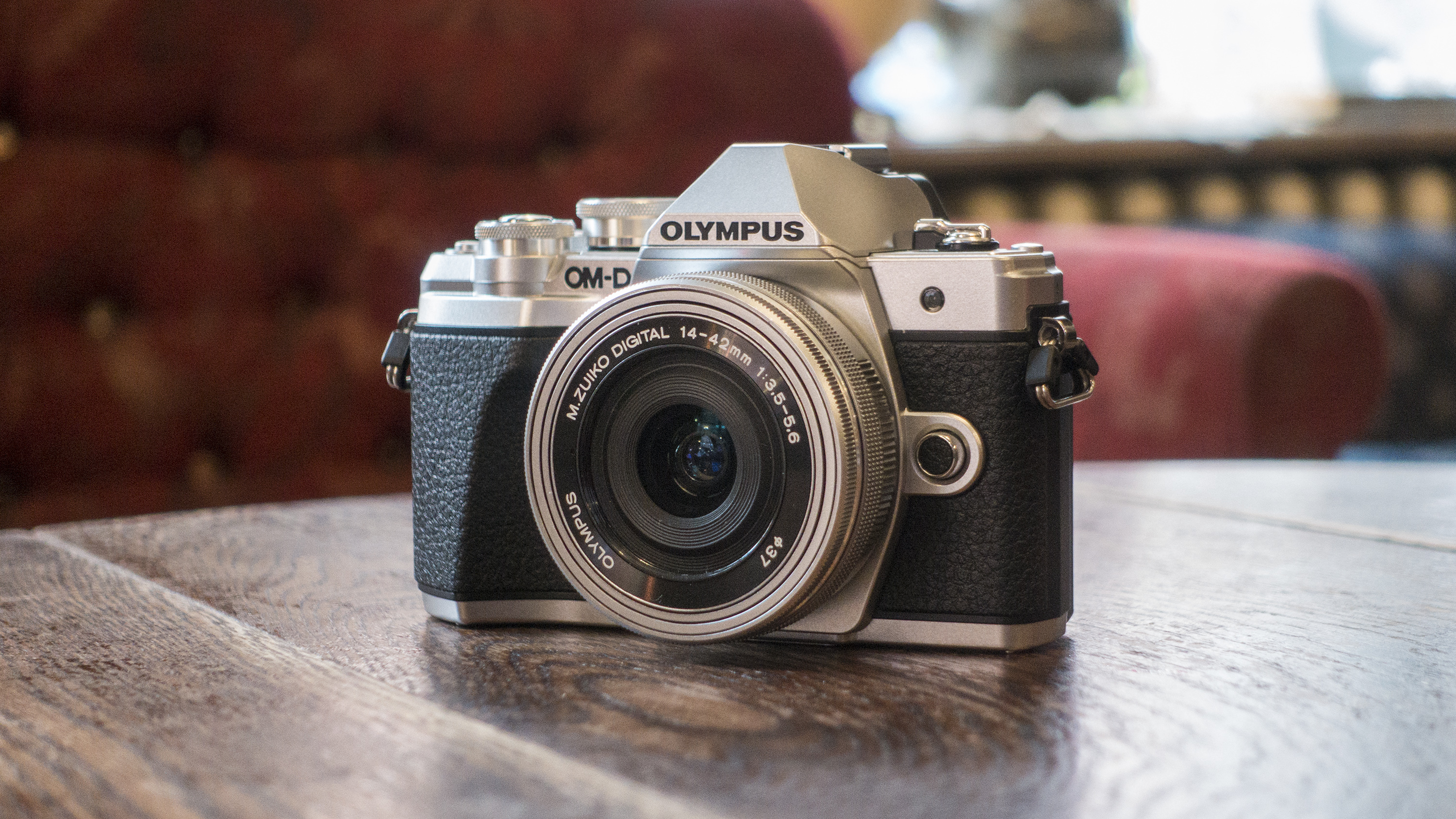
Olympus OM-D E-M10 Mark III
This has long been one of our favourite mirrorless cameras, but where all the aforementioned cameras feature an APS-C sensor, this Olympus has a micro four thirds 16MP sensor. While that kind of resolution sounds quite low these days, the E-M10 Mark III is a highly capable camera that produces excellent images. You’ll also get the added benefit of in-body image stabilization (IBIS). That said, its autofocus system is not as capable as the X-T200’s and its menu system is too complicated to call it beginner-friendly. But you do get plenty of Art Filters to have some fun with.
Read our in-depth Olympus OM-D E-M10 Mark III review

While she's happiest with a camera in her hand, Sharmishta's main priority is being TechRadar's APAC Managing Editor, looking after the day-to-day functioning of the Australian, New Zealand and Singapore editions of the site, steering everything from news and reviews to ecommerce content like deals and coupon codes. While she loves reviewing cameras and lenses when she can, she's also an avid reader and has become quite the expert on ereaders and E Ink writing tablets, having appeared on Singaporean radio to talk about these underrated devices. Other than her duties at TechRadar, she's also the Managing Editor of the Australian edition of Digital Camera World, and writes for Tom's Guide and T3.
